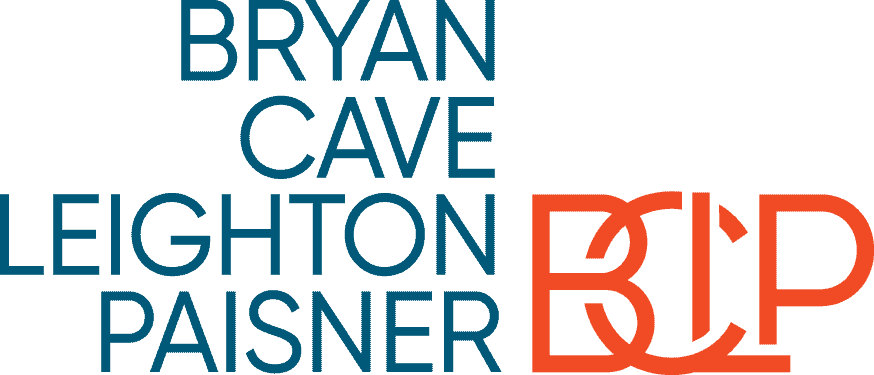
Is The Time Right for De Novo Banks?
Brought to you by Bryan Cave Leighton Paisner


To understand the absence of new bank charters in the last six years, one must look to the wave of bank failures that took place between 2009 and 2011, which involved many de novo banks. Many of these banks grew rapidly, riding the wave of construction and commercial real estate loans, absorbing risk to find a foothold in markets saturated with smaller banks. This rapid growth also stretched thin capital and tested management teams that often lacked significant credit or loan work-out experience. When the economy turned, these banks were not prepared for a historic decline in real estate values, leading to a wave of FDIC enforcement actions and bank failures.
In light of these factors, as well as heightened regulatory expectations for operating financial institutions, many observers have questioned whether regulatory or market demands would allow for any new bank charters. Senior FDIC officials have maintained in public comments that there is no moratorium in the approval of de novo applications and that they would consider all new applications that were consistent with FDIC policy. These officials have also indicated that interest in de novo banks typically increased when acquisition pricing reached roughly 1.25 times book value. With acquisition premiums trending upward in response to greater deal activity, the new FAQ is well-timed to anticipate additional de novo applications in the coming years.
With much having changed since 2007, what would a viable de novo bank look like in 2015? The FDIC’s current guidance, as well as its enforcement actions with respect to some troubled banks, may provide a blueprint:
- Increased capital will slow aggressive growth. In the public comments of its senior supervisory officials and its recent FAQ, the FDIC indicates that a viable de novo charter will not be required to exceed a Tier 1 Leverage Ratio of more than 8 percent, provided the proposal “displays a traditional risk profile.” In our reading, de novo institutions focused on construction lending or with a concentration in commercial real estate lending will likely be required to maintain a leverage ratio more in line with those imposed by FDIC consent orders, which is typically at least 10 percent. The net effect will be to moderate business plans that call for higher-risk lending or growth in excess of market rates.
- Business plans and market footprint. As noted in the FDIC’s FAQ, de novo applications must contain only a three-year business plan, rather than a seven-year business plan. Although there is often little value to projections that fall outside of this three-year window, applicants should make sure that their business plans describe a distinct need for a new bank in the market that can generate a sustainable pattern of growth and earnings into the future. Identifying strong community support, a healthy market footprint, and a clear niche for the bank will be integral to any business plan.
- Experienced management a must. While the FDIC’s guidance does not place any added emphasis on the senior management of a proposed de novo bank, we expect significant scrutiny to be devoted to the qualifications of the applicant’s management team prior to a de novo application being approved. In the wake of the crisis, de novo banks will need to demonstrate they have strong leadership to weather a potentially volatile market.
In light of the FDIC’s new guidance and its public comments, we believe that as market conditions improve and merger activity continues, de novo banks will begin to re-appear. However, with higher regulatory expectations and without double-digit annual growth, these new banks will need to grow more slowly, gaining a foothold in their market footprint organically. This focus on the generation of franchise value will distinguish these new banks from many of the de novo institutions of ten years ago.

